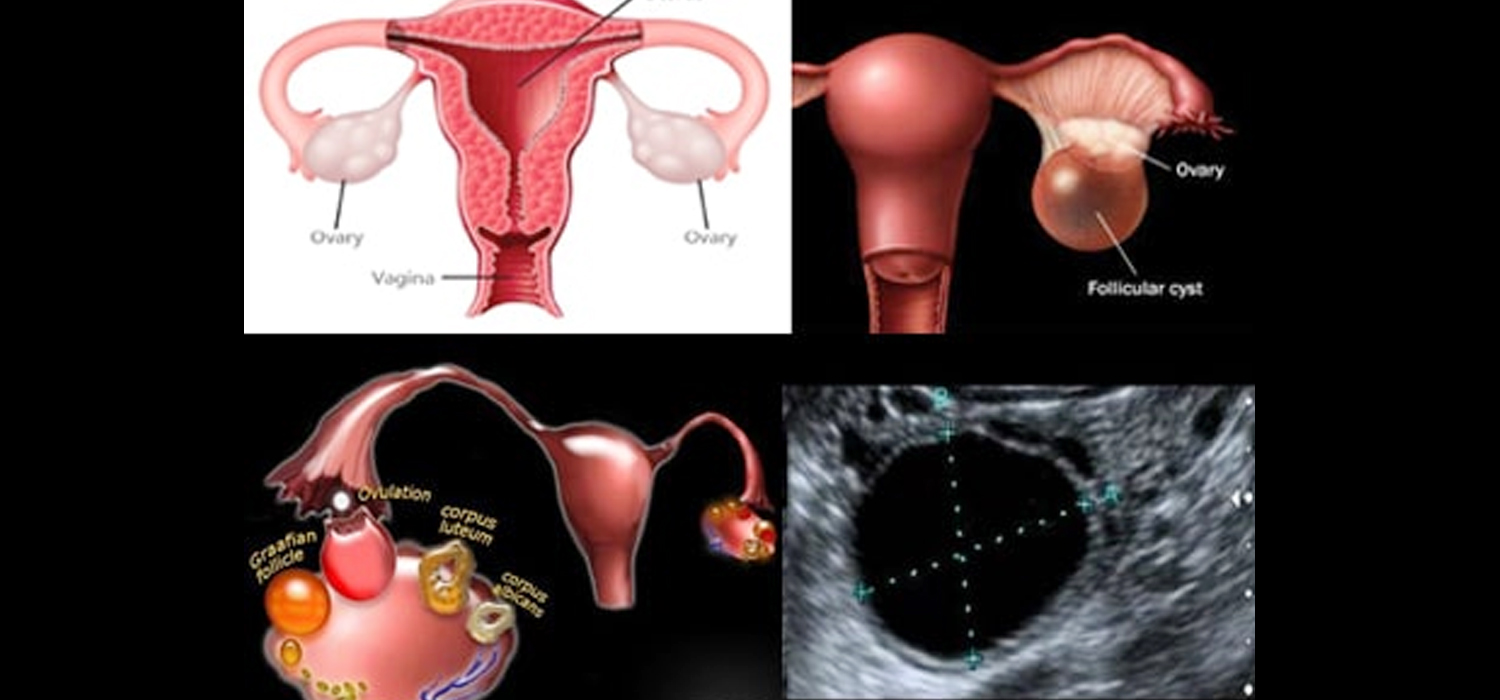The process of Folliculogenesis and Folliculometry
The ovary has two functions in the female body: reproductive and endocrine. By producing and routinely releasing female gametes- the oocytes, it serves as a reproductive organ.
Women's reproductive ability has a strong cyclical component, which is dramatically reflected in the expansion and maturation of dominant follicles. The human ovaries typically create a single dominant follicle per menstrual cycle, which leads to a single ovulation. During the follicular phase of the cycle, estradiol is produced by the dominant follicle. The dominant follicle undergoes a transformation after ovulation to become the corpus luteum, which secretes a lot of progesterone during the luteal phase of the menstrual cycle.

Regnier de Graff was the first one to recognize ovary as a producer of egg.
A primordial follicle is recruited into the pool of developing follicles at the start of folliculogenesis, which terminates with either ovulation or atresia-induced death. A primordial follicle must grow and develop to the ovulatory stage over the course of roughly 8 months, the lengthy process known as folliculogenesis.
When the follicles mature, one becomes dominant while the others go through atresia, or programmed cell death. During ovulation, the dominant follicle then releases an egg, or ovum, which can be fertilized by sperm to start a pregnancy.
Ovarian follicle growth and development are measured and tracked by folliculometry. The best timing to remove the eggs is usually determined using this method in fertility treatments like Intrauterine Insemination (IUI) or In vitro fertilization (IVF).
A transvaginal ultrasound is performed to view the ovaries and assess the number and sequential growth of follicles. This information can be utilized to modify hormone therapy and the timing of ovulation trigger or egg retrieval.
Stages of Folliculogenesis
Different stages of development in folliculogenesis are:
- • Primordial follicle
- • Primary follicle
- • Secondary/ preantral follicle
- • Antral follicle
- • Graafian/ preovulatory/ mature follicle
Folliculometry in Folliculogenesis
Folliculometry enables medical professionals to keep track of the quantity and size of follicles that are growing inside the ovary. The best time for ovulation induction or other reproductive therapies is chosen using this information. For instance, folliculometry can assist in determining the best time for sex or intrauterine insemination during a natural cycle (IUI). Folliculometry can help decide whether to aspirate follicles or trigger ovulation in an assisted reproductive cycle.
Based on how the ovaries react to medication or other treatments, it enables medical professionals to modify fertility treatment plans as necessary. For instance, if a patient is not responding to treatment as anticipated, medical professionals can use folliculometry to change the medication's dosage or timing to promote follicle growth and development.
Folliculometry enables medical professionals to track the evolution of a single follicle across time. The purpose of ovulation induction is to induce ovulation, and this information is utilized to forecast when the dominant follicles are likely to deliver a mature egg. Healthcare professionals can identify any irregularities or issues that can occur during the follicular phase of the menstrual cycle by keeping track of follicle growth.
For more info, Follow : medlineacademics.com
